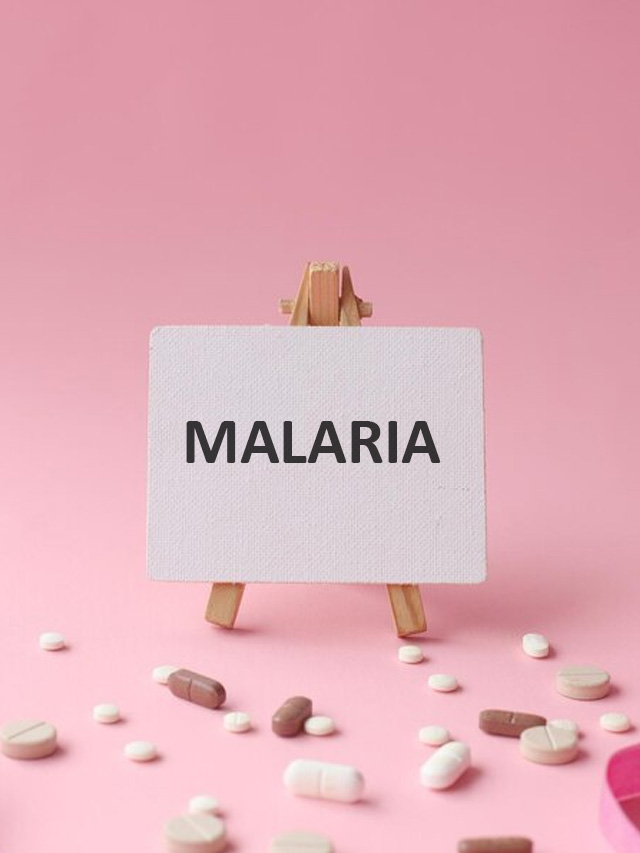`
Malaria is a major health concern in India and is a disease that mostly affects children. It is transmitted through an effective bit by a malaria spreading parasite. It can cause mild to serious threats and damage our brain, kidney and spleen. But this dangerous disease can be treated effectively with an earlier diagnosis. While the COVID 19 pandemic has taken the world by a storm and drawn the focus by many, ignoring other diseases, in 2020, Chhattisgarh has taken it upon them to reduce the malaria burden of the state.
To understand and know more, TC46 has connected with Dr Sandeep Patil, Chief Intensivist, Fortis Hospital, Kalyan to learn more about the disease. He explains 8 important points related to the disease including the symptoms, causes and effective home remedies.
1. India has seen a phenomenal reduction in malaria cases over the last 3 years

According to the World Health Organization (WHO), India made an impressive improvement in the global fight against Malaria. The country has recorded the largest reduction in cases in South-East Asia from 20 million in 2000 to about 5.6 million in 2019. Malaria deaths in India declined from about 29,500 in 2000 to about 7,700 in 2019. However, India still accounts for 88 per cent of malaria cases and 86 per cent of malaria deaths in the WHO South-East Asia Region. Therefore, India needs to step up the fight against Malaria, which is a preventable & treatable disease that continues to claim hundreds and thousands of lives each year.
2. Malaria among children is much more common than malaria among adults
Malaria remains a public health concern in India. Although there has been an improvement in reducing malaria, it still remains a problem, especially in children. WHO states that in high transmission areas, partial immunity towards the disease is acquired during childhood. In such settings, the majority of malarial disease, and diseases with rapid progression to death, occurs in young children without acquired immunity. Malaria is mainly a tropical disease. It is prevalent more during the monsoon and post-monsoon season. Also, it is prevalent in areas where construction work is going on. Severe anaemia, hypoglycemia and cerebral malaria are features of severe malaria and are more commonly seen in children than in adults.
3. Malaria can cause mild and life-threatening illness
Malaria can cause mild illness in some people and life-threatening illness in others. Early symptoms of malaria can include fever with chills followed by irritability and drowsiness, poor appetite and trouble sleeping. The fever may either gradually rise over 1 to 2 days or spike very suddenly to 105°F (40.6°C) or higher. Then, as the fever ends and the person’s body temperature quickly returns to normal, there are intense episodes of sweating. Other symptoms include headache, nausea, aches and pains all over the body (especially the back and abdomen), and an abnormally large spleen. If malaria affects the brain, some might have seizures or loss of consciousness. The kidneys can also be affected in some cases.
4. Testing blood samples help diagnose malaria
Malaria is suspected based on a person’s symptoms, physical findings, and where a person lives or has travelled. A blood sample is needed to be taken for a pathological investigation to determine malaria parasites, which are seen inside infected red blood cells.
5. Malaria can affect an individuals brain, kidney or spleen
Malaria is treated with oral antimalarial drugs, injection or intravenously (into the veins), depending on the severity of the disease. Also, depending on the parasite causing malaria, a person might be treated as an outpatient over a few days or in the hospital with IV medicine. We should also keep a watch for signs of dehydration, convulsions, anaemia, and other complications that can affect the brain, kidneys, or spleen. A patient may need fluids, blood transfusions, and help with breathing. If diagnosed early and treated, malaria can usually be cured in about 2 weeks.
6. Desi home remedies for malaria symptoms work wonders
Food items that have anti-inflammatory, antioxidant and antimicrobial properties are good to fight symptoms. Cinnamon, ginger, turmeric, orange juice, sweet lime juice, grapefruit, fenugreek seeds and more are rich in antioxidants and have antimicrobial properties.
7. Mosquito repellants and diffusers are not 100% effective
An insect repellent will help protect you from mosquitoes that spread malaria. You can use insect repellent on your skin and clothes to keep away (repel) insects. However, they may not be 100% effective in preventing malaria.
8. Precautionary measures can prevent malaria in children
Here a few ways to keep kids safe from mosquito bites:
- Wear long-sleeved shirts, long pants, and a hat when being outdoors
- Spray insect repellent on your clothes for extra protection or buy a product with permethrin to treat your clothes and bed net to repel insects
- Let them sleep in a well-screened or air-conditioned room, or sleep under a permethrin-treated bed net. This is because Malaria mosquitoes mostly bite at night or early mornings
- Make them stay indoors during the times mosquitoes are most active
